This Week At Angama #78
2 August 2019 | This Week at Angama | Adam Bannister
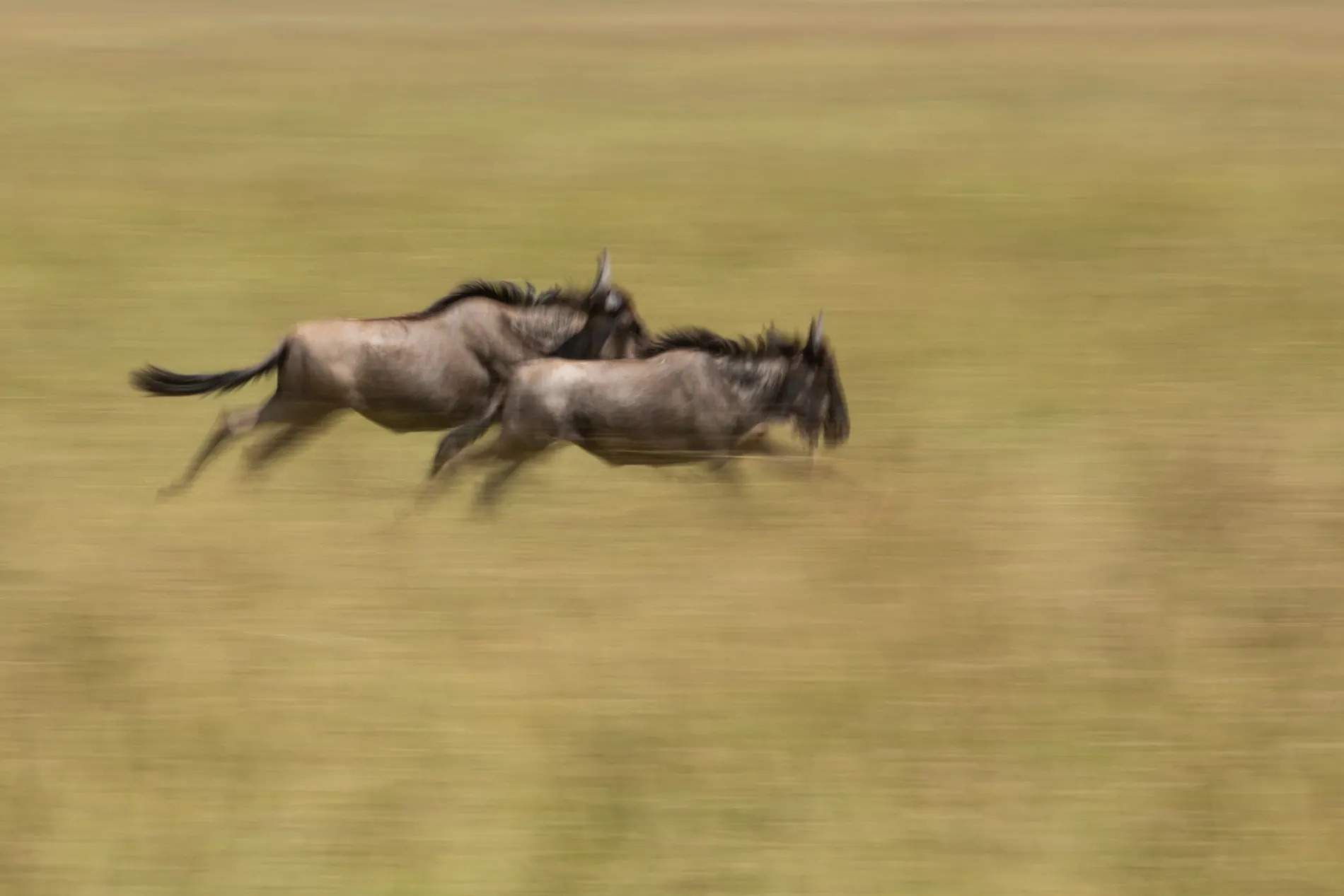
With rains falling in the Serengeti, south of the international border, the large herds have opted to stay away from the Kenyan portion of the Mara River, instead moving rather haphazardly around the area known as the Lemai Wedge. Last week’s post was heavily river-orientated, so I too decided to stay away from the river this week and instead capture the migration minus the crossings – as it makes for an incredible spectacle. [f 22.0, 1/30, ISO 100, +0.33]
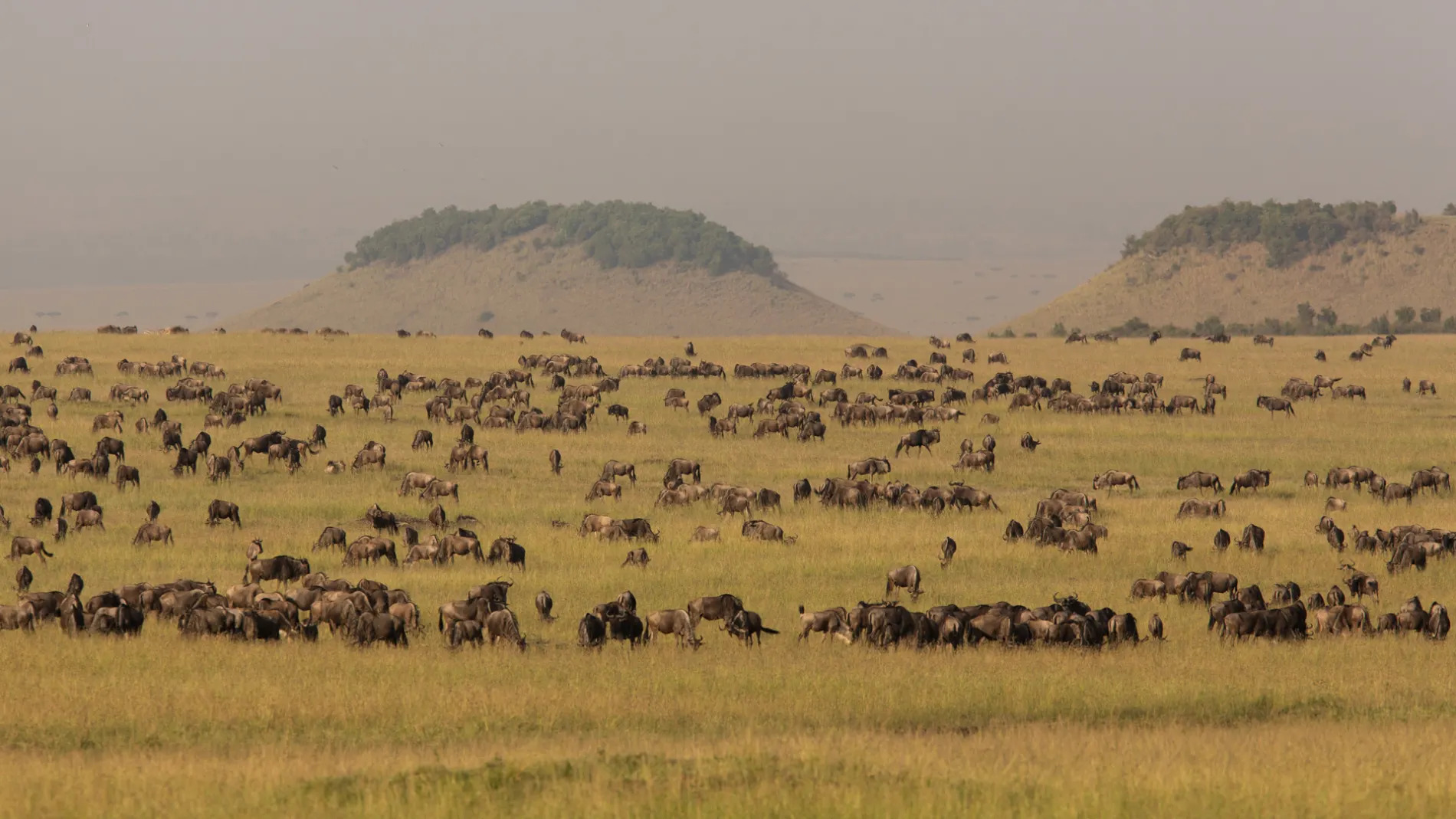
The sheer number of animals currently in the southern regions of the Mara Triangle is completely mind-blowing. As photographers, we place great importance on the actual river crossings, to the extent that we can forget to simply sit back and absorb the immensity of it all. This is nature at its most abundant. [f 6.3, 1/1600, ISO 400]
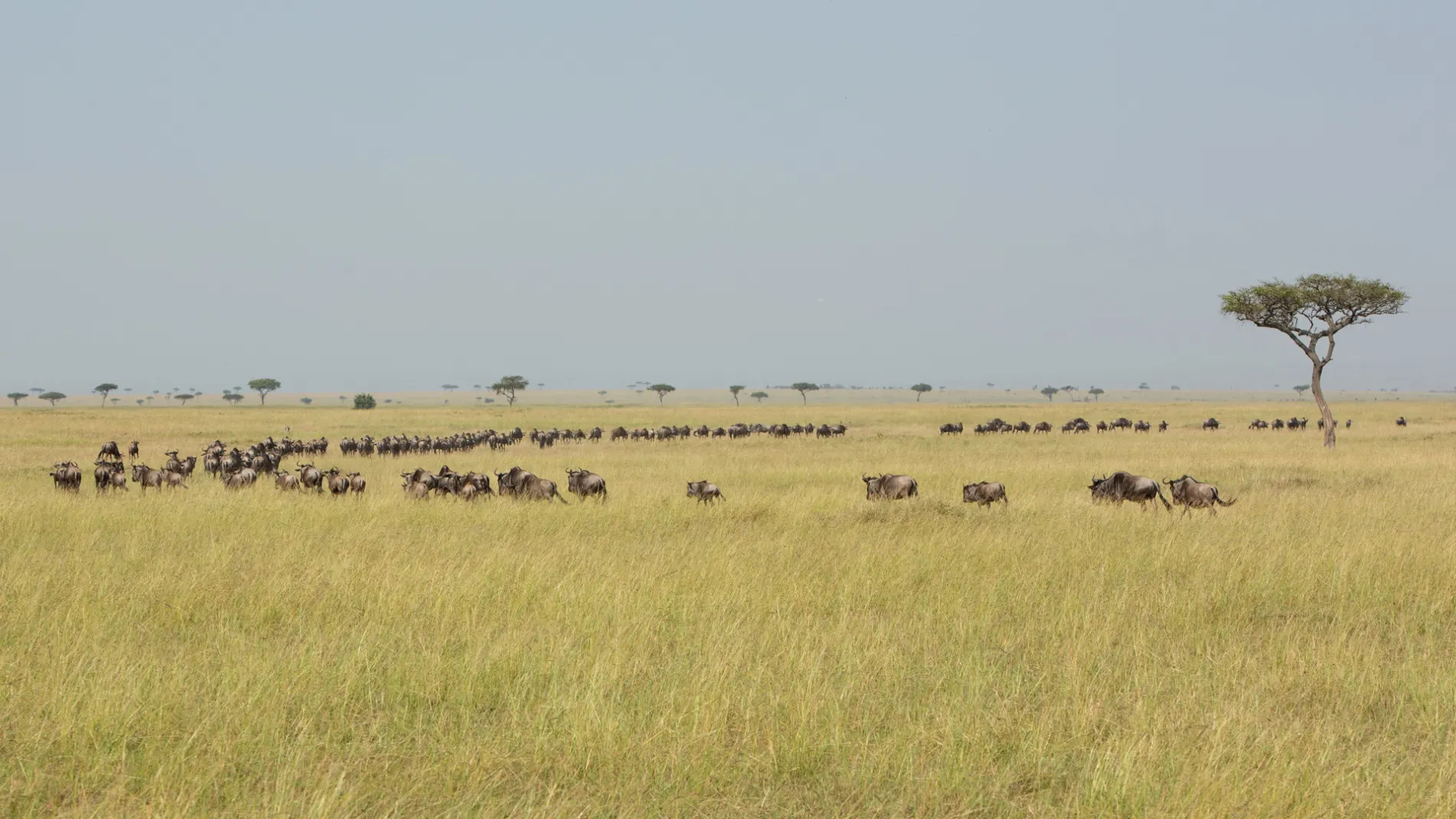
It is significantly easier to photograph a river crossing than it is to do justice to the wildebeest as they move through the landscape. [f 9.0, 1/400, ISO 160, +0.33]
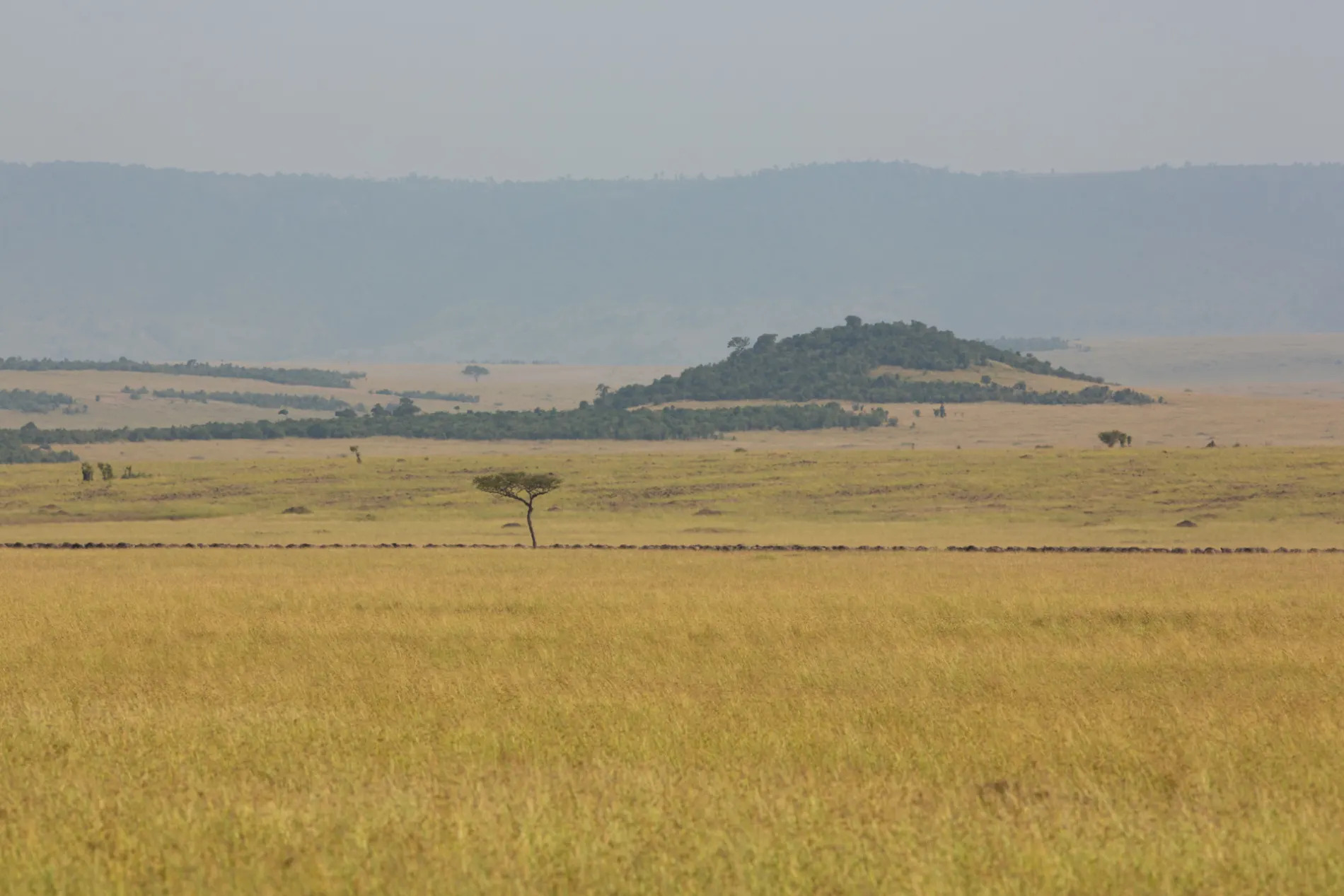
I just love this photograph as it is so simple and at first glance looks like nothing but a landscape shot. But, look closer and you will see the line of wildebeest marching in perfect single-file. [f 9.0, 1/500, ISO 160]

This image only really works if you are looking at it on a big screen. It is a panorama created through five stitched photos. A single line of wildebeest cuts through the middle of the photograph – dwarfed by the scale of the landscape here in the Mara. [f 9.0, 1/500, ISO 160]
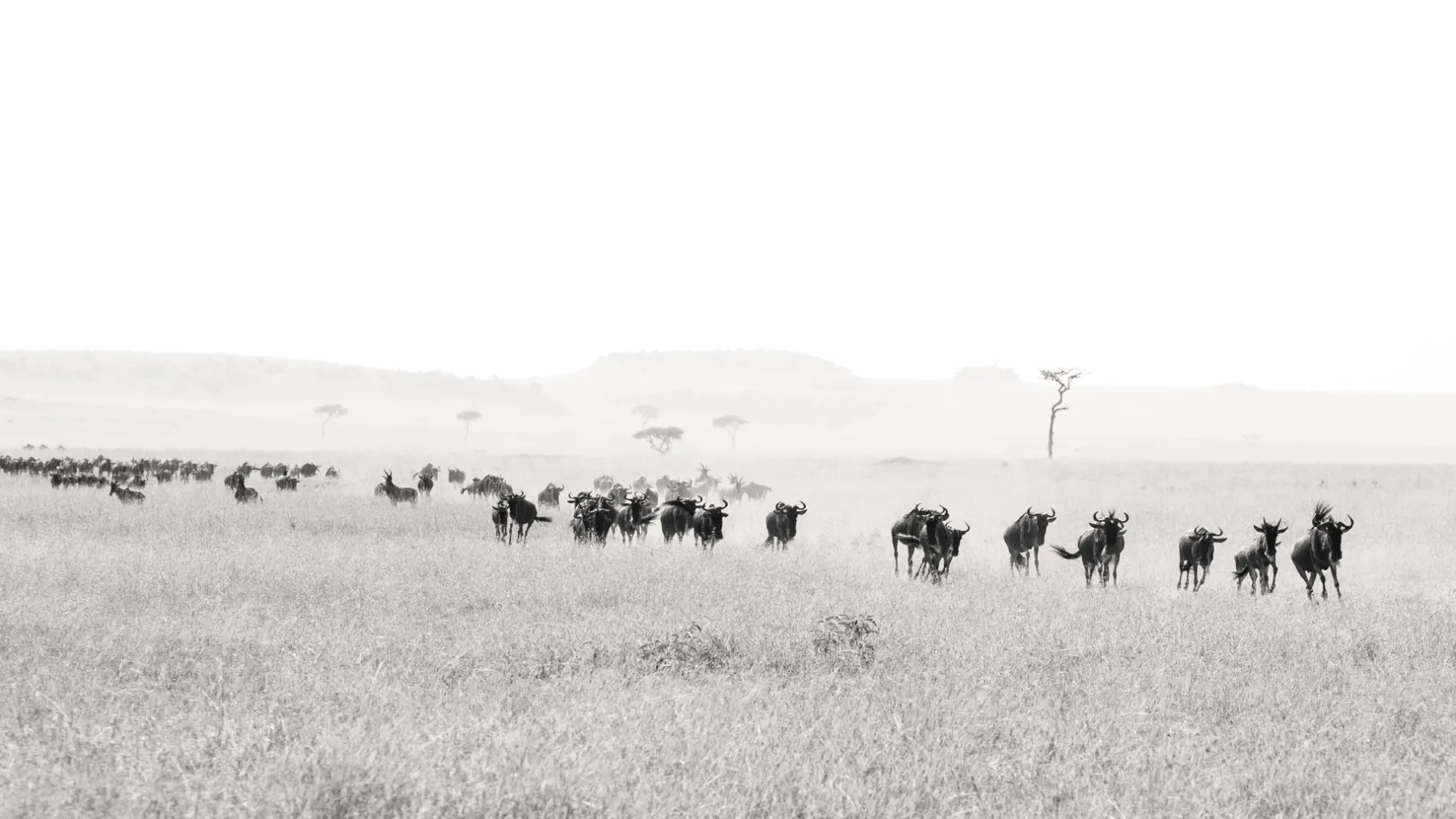
Always on the move. Taken in the harsh midday light, I went for a conversion to black and white as a way of trying to make the most of exceptionally difficult lighting conditions. [f 9.0, 1/400, ISO 160, +0.33]
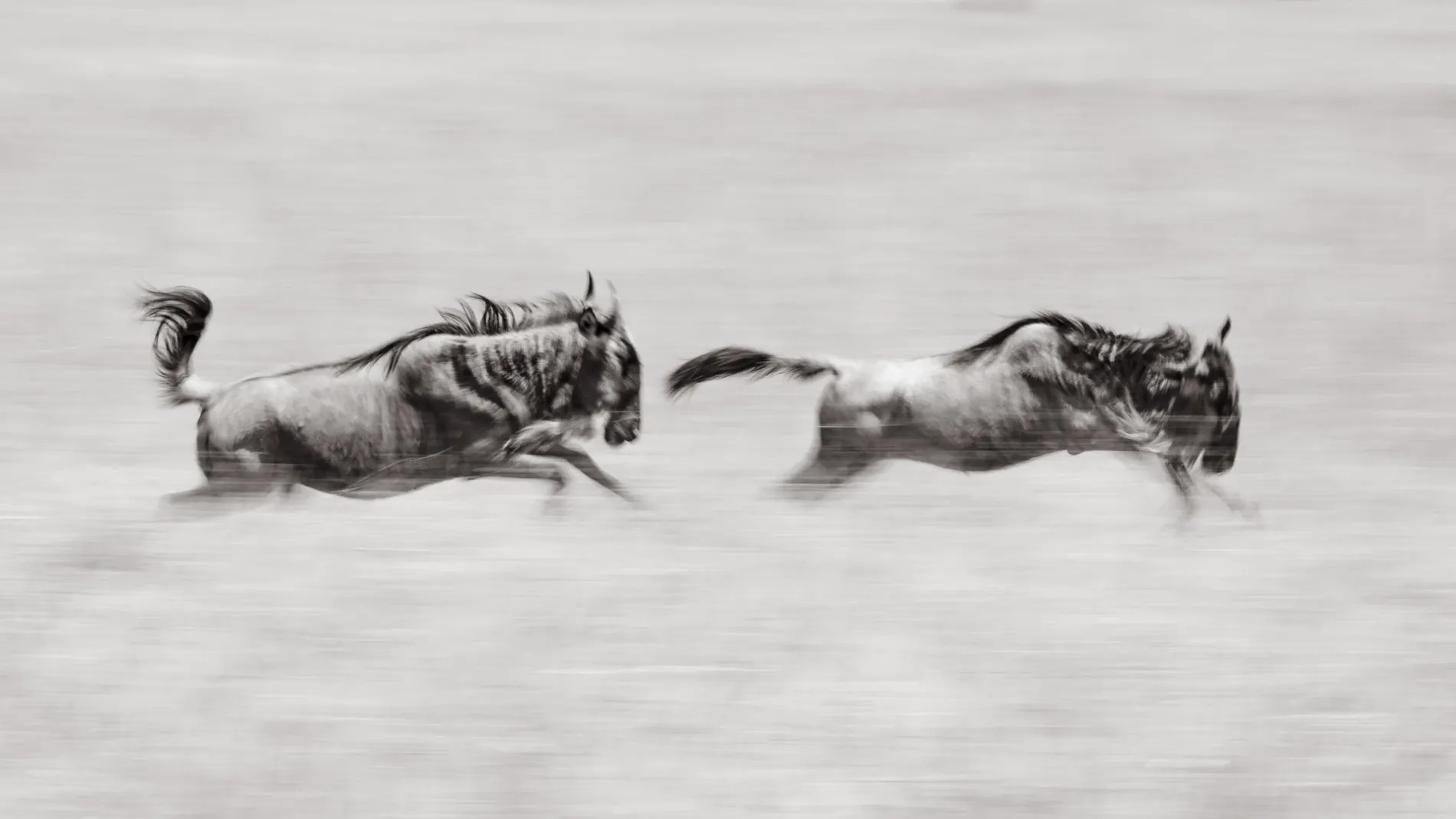
This week, most of my time out in the field was spent with guests on photographic workshops. These private and very practical tuition classes allow us time to really play around with aperture, light and speed. Once we have a few great shots of wildebeest in focus – it is time to break out and try something a little more daring. [f 20.0, 1/40, ISO 100, +0.33]
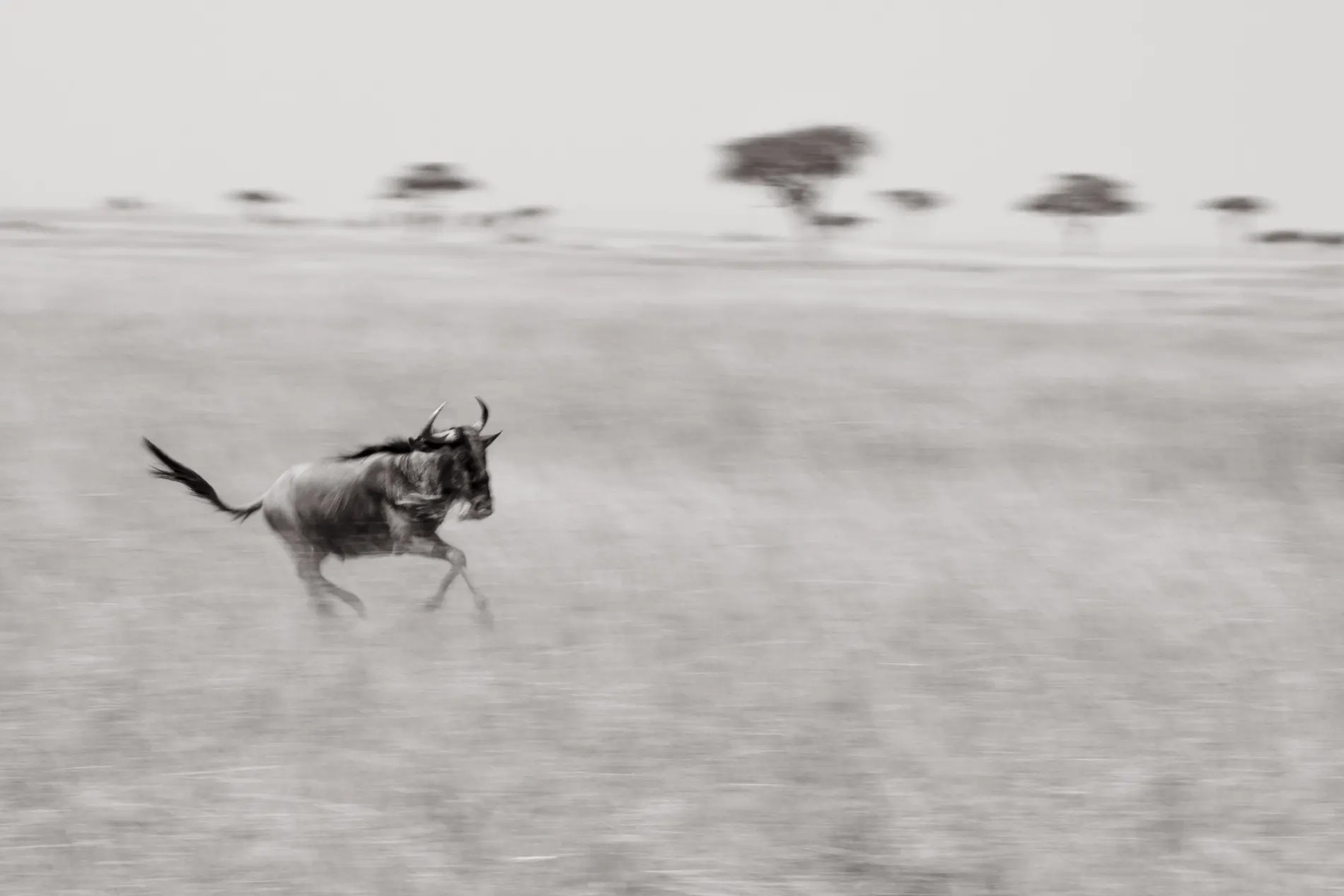
Slowing the shutter down to 1/40, this type of photography is all about illustrating movement and speed. [f 20.0, 1/40, ISO 100, +0.33]
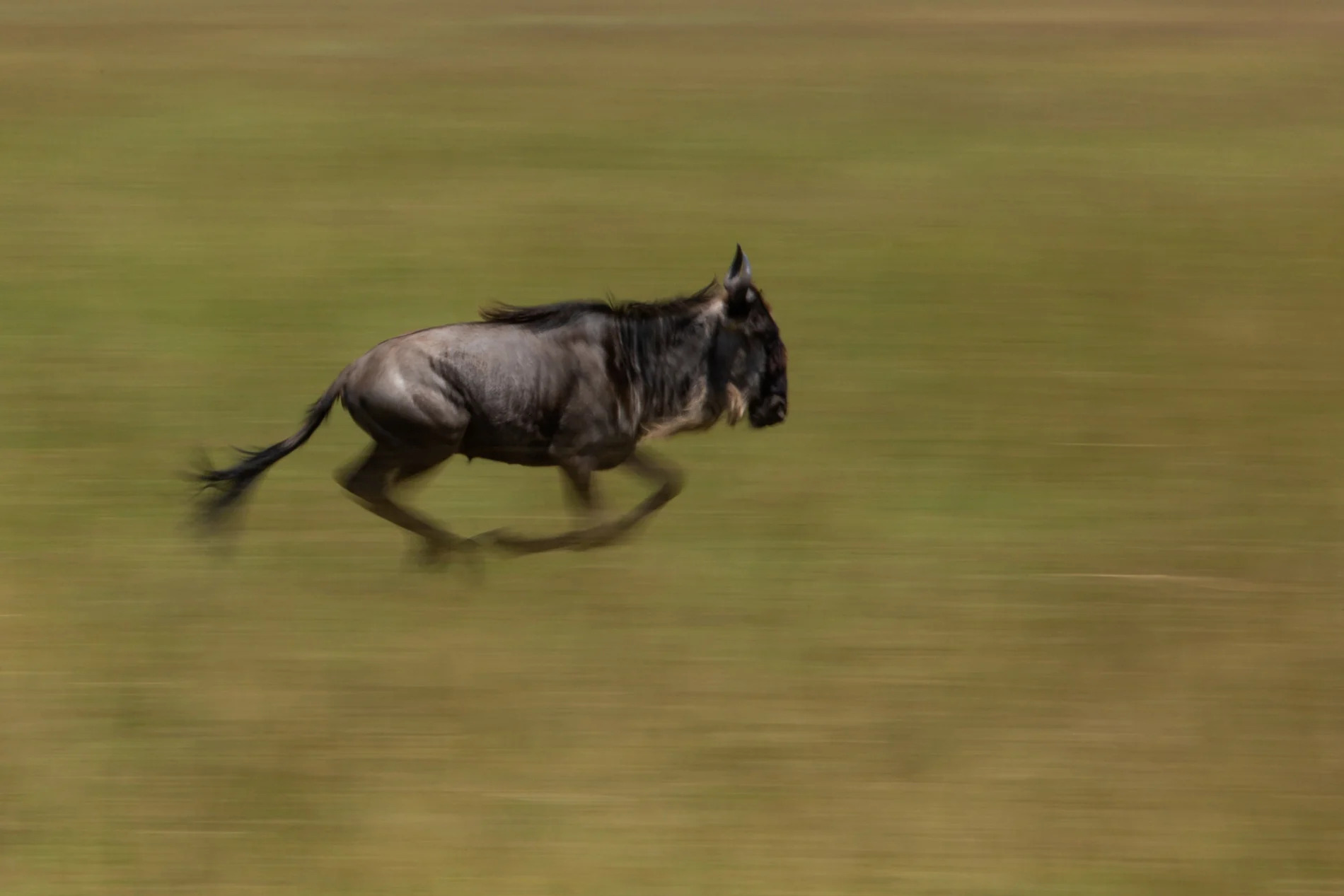
The objective is to get a portion of the subject matter in focus (the wildebeest) and keep the background blurred. [f 32.0, 1/30, ISO 100, -0.67]
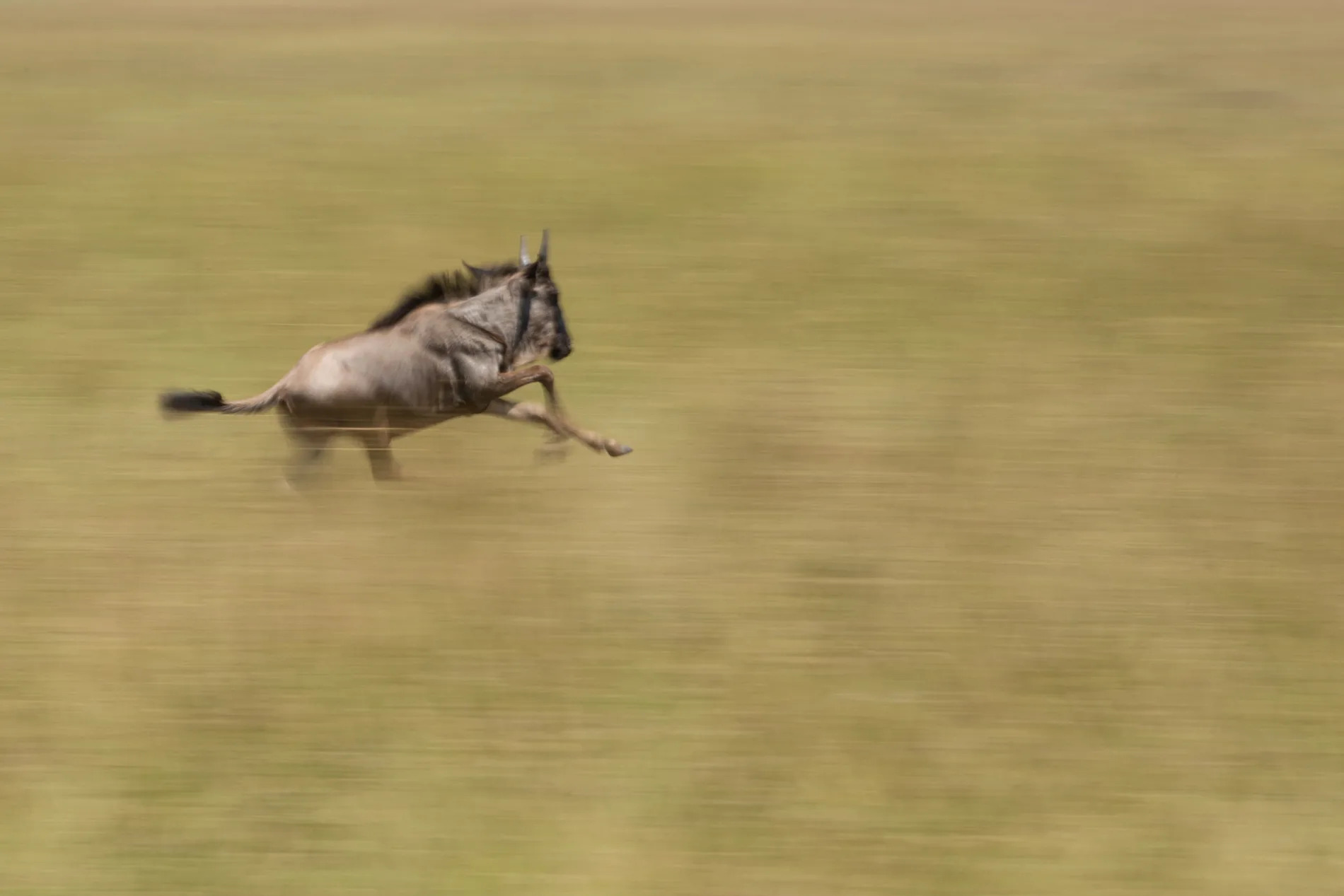
Usually, it is far easier to ‘pan’ and get this kind of shot in very low light, but it is possible to get it right in the bright afternoon sun too. [f 22.0, 1/30, ISO 100, +0.33]
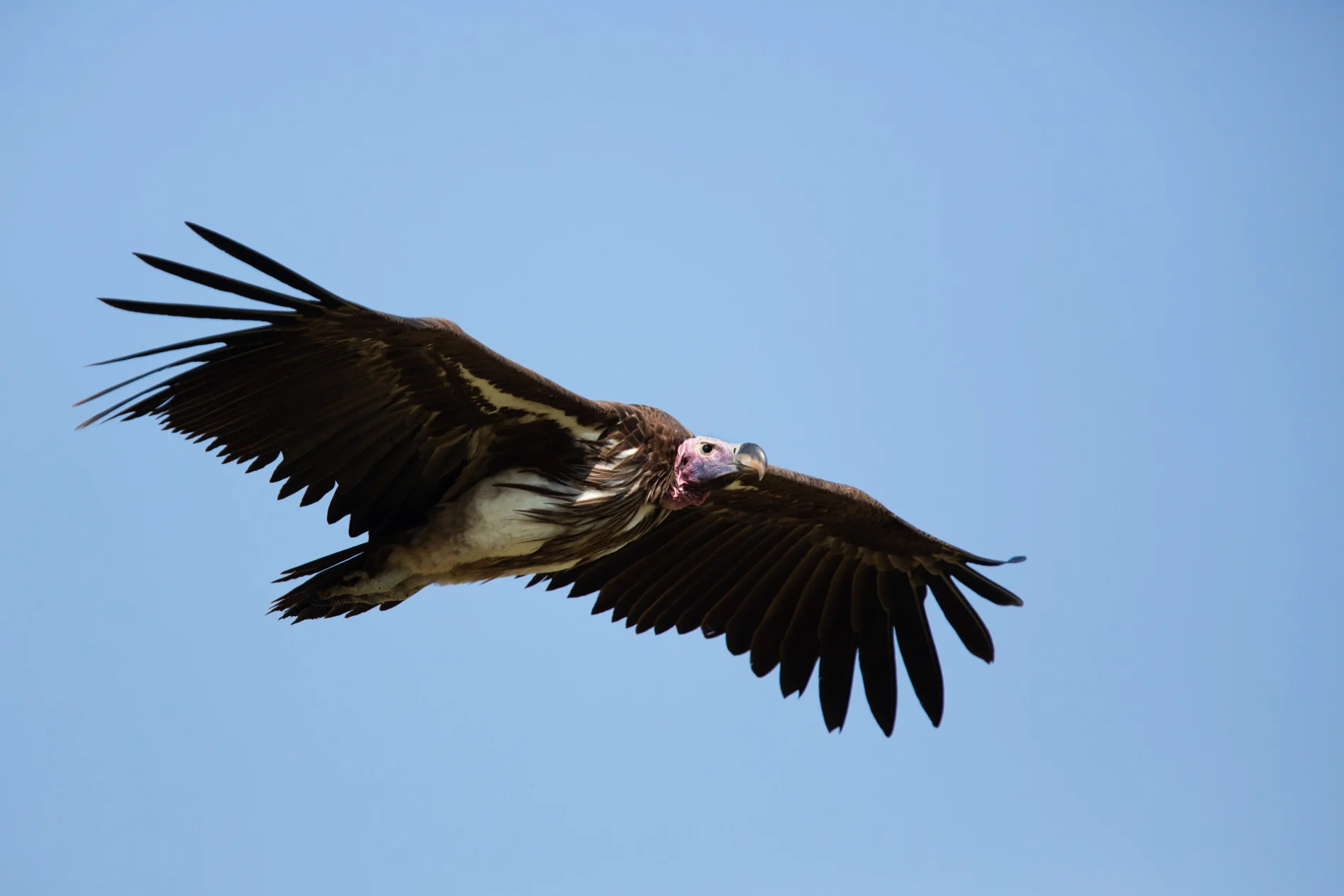
Last week, I mentioned that one of the things I love most about the migration is the arrival of the vultures. Well, this week they arrived en-masse. The skies are full of vultures and with them come the most incredible photographic opportunities. [f 4.0, 1/6400, ISO 6400, +0.33]
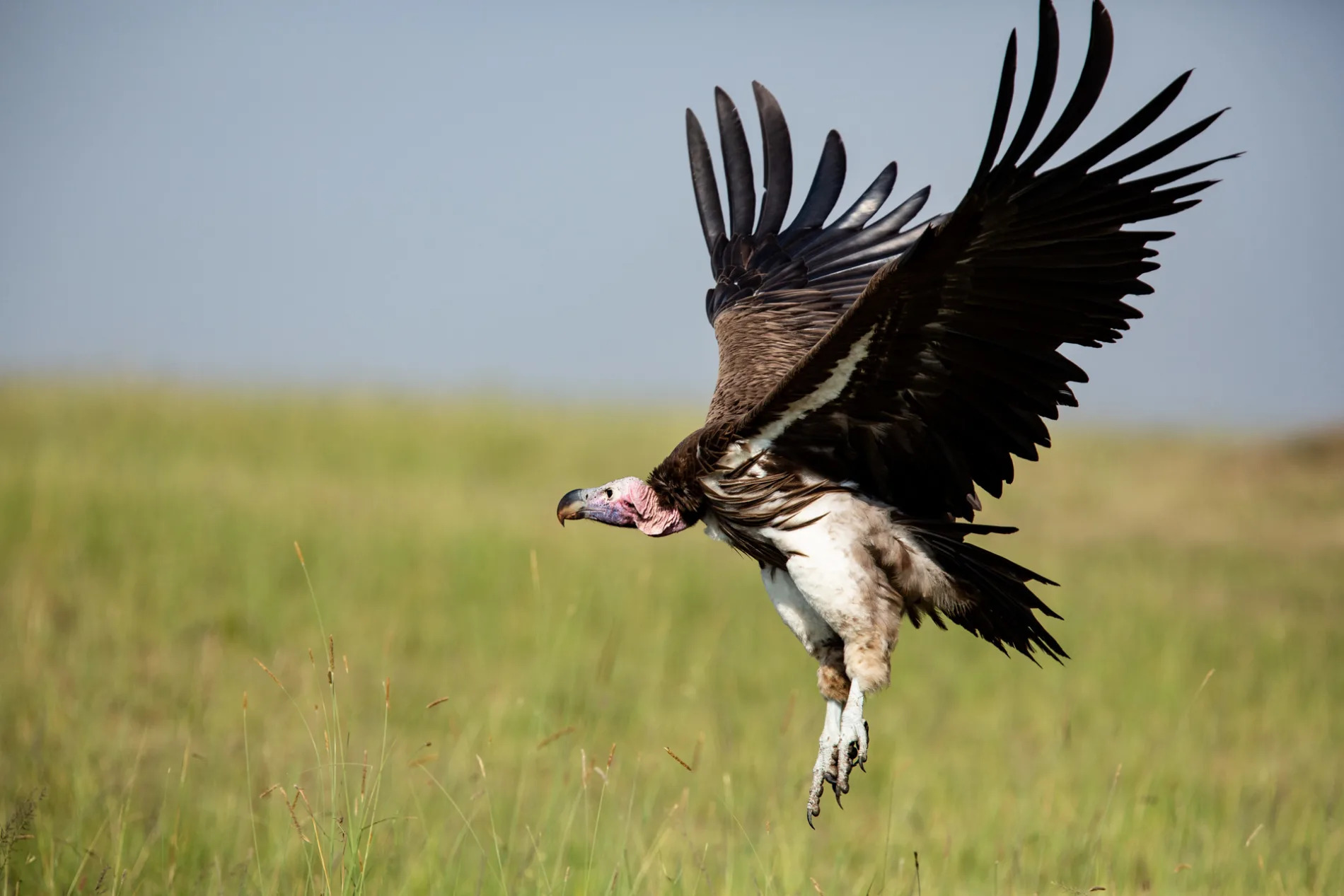
A lappet-faced vulture comes in to land. The trick with photographing these scavenging birds of prey lies in an exceptionally fast shutterspeed and tracking them as they fly. [f 5.0, 1/5000, ISO 640]
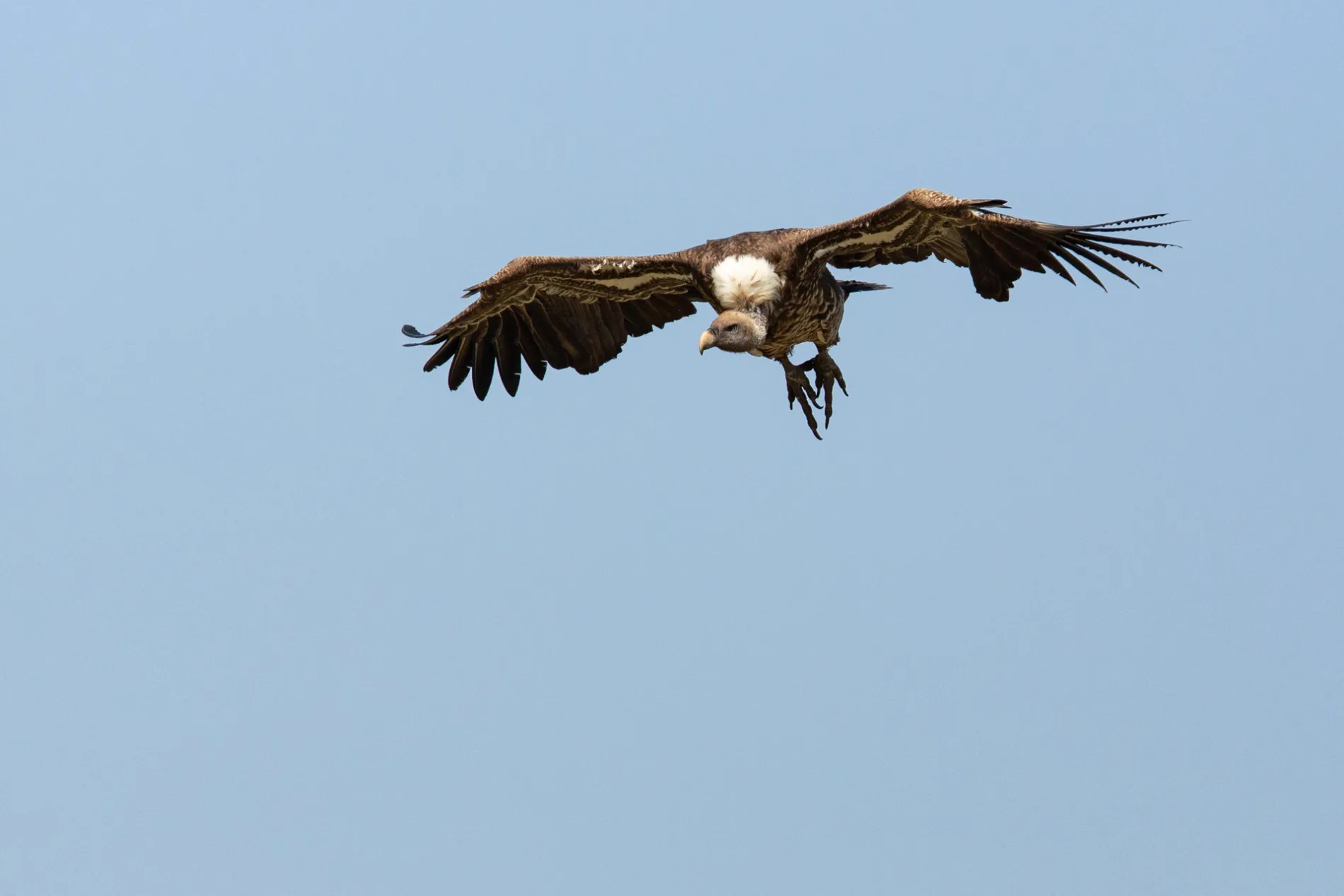
This time, it is a Ruppell’s griffon vulture. Often, I slightly overexpose the image to try and bring out some detail in the feathers. [f 5.0, 1/6400, ISO 640 +0.33]
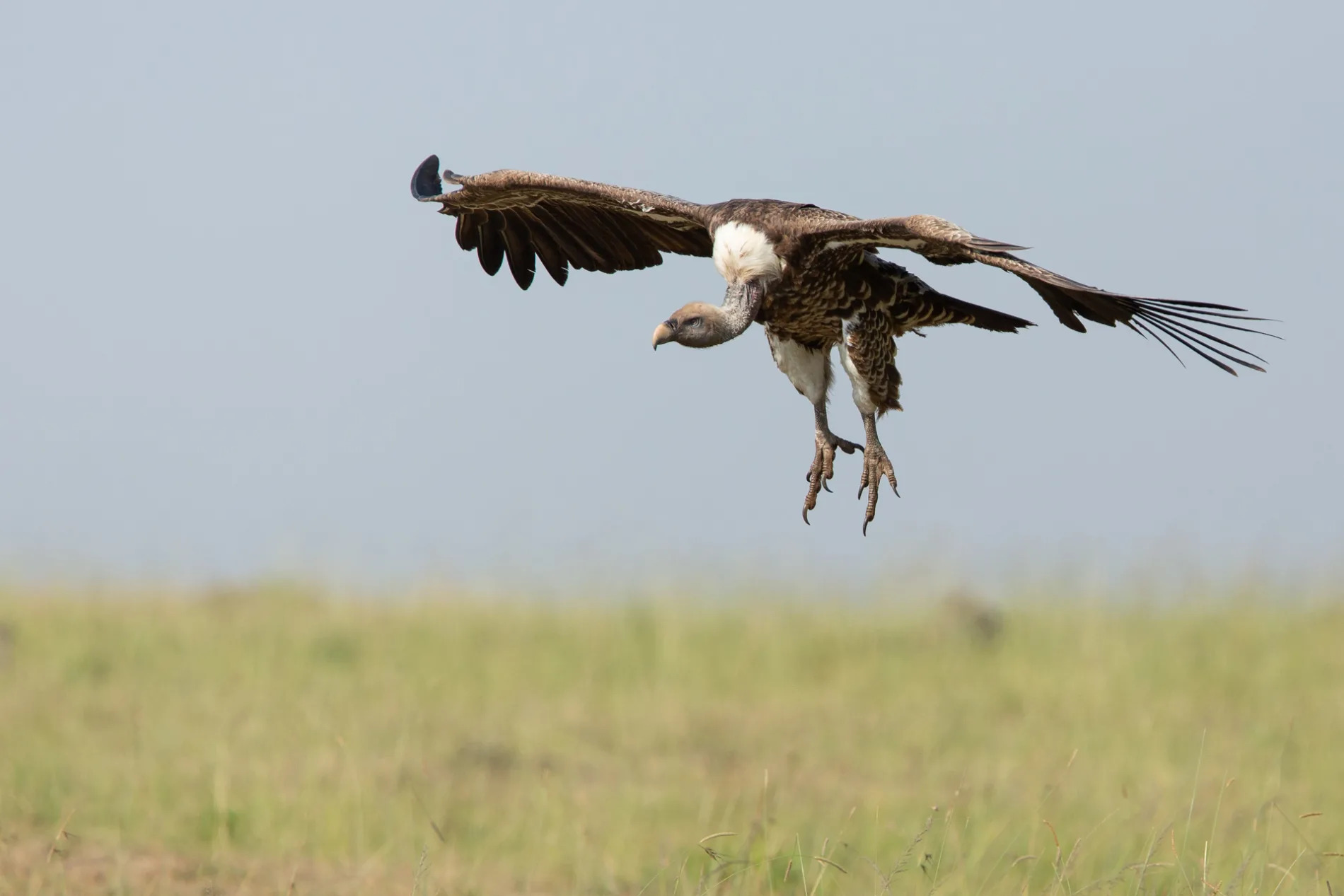
For me the ‘money-shot’ comes split seconds before touchdown, when the bird suddenly tries to stall and pull-up allowing for a relatively calm and controlled landing. [f 5.0, 1/6400, ISO 640 +0.33]

A hooded vulture drifts on by. [f 5.0, 1/5000, ISO 640 +0.33]

And sensing an opportunity to feed, it decides to come in to land. A black-and-white conversion, and a very centralised subject, makes for a simple, yet powerful, image. [f 4.0, 1/640, ISO 8000, +0.33]
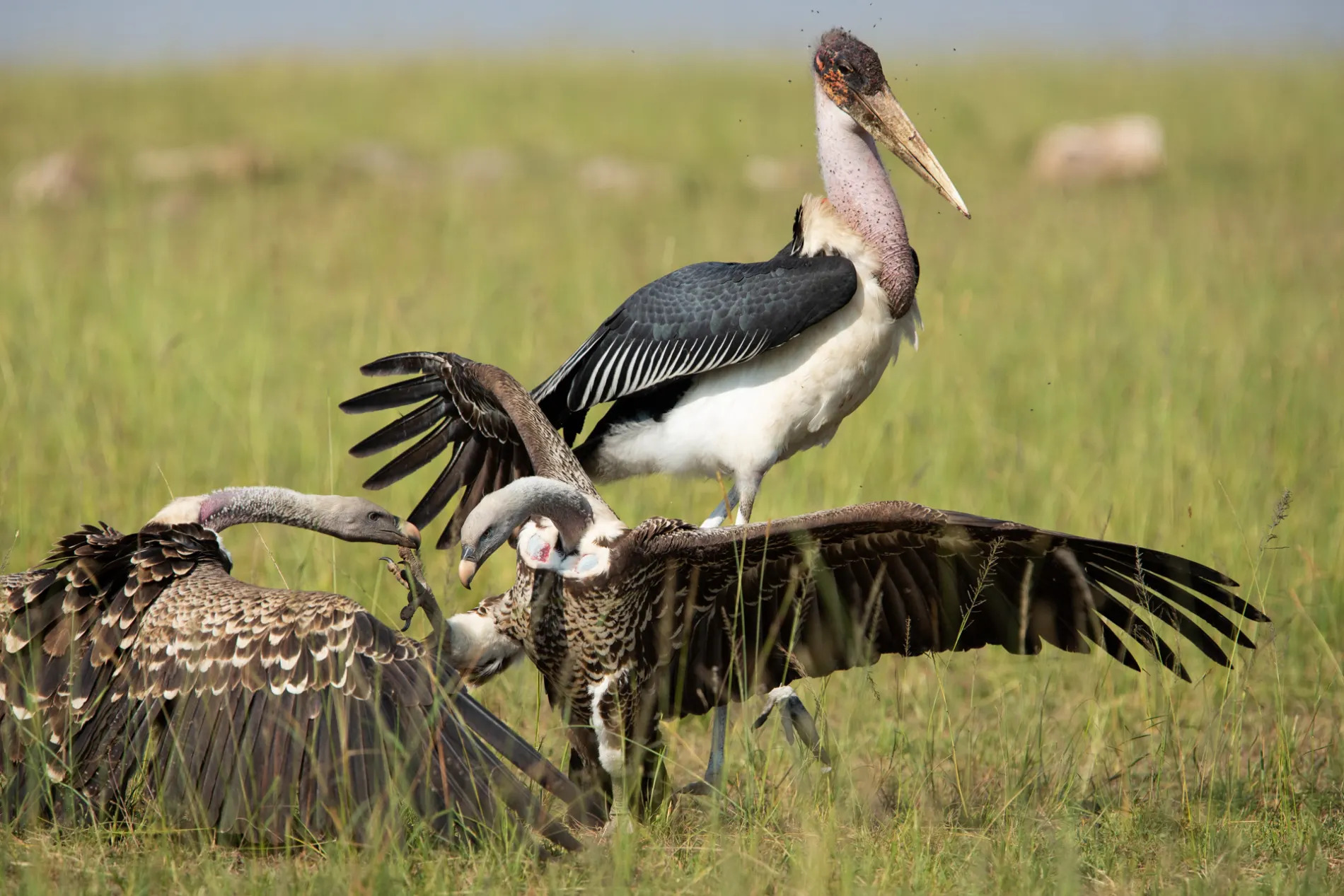
The action need not stop once the birds have all landed. In fact, that is when it often becomes quite comical as fights ensue. What I love about this photograph is not just the two Ruppell’s griffons fighting, but the look on the face of the marabou stork behind. [f 5.0, 1/5000, ISO 640]
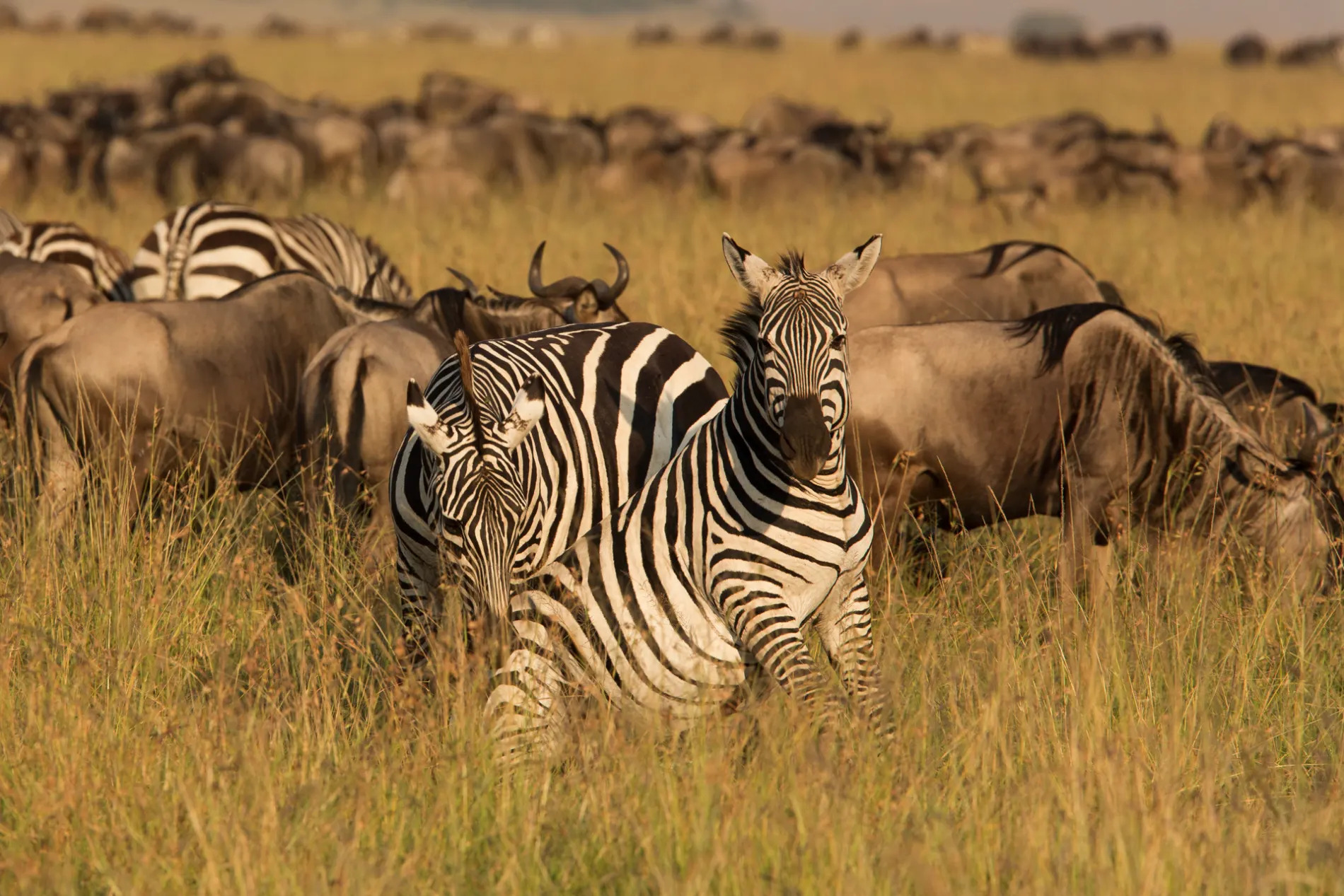
Back in the midst of the migration, there is a fair amount of tension in the ranks. Zebra stallions are constantly in battle for control of nearby mares. The best technique for a fighting zebra is to bite the Achilles tendon of his opponent – which is why the best defence is often to just sit down. [f 9.0, 1/640, ISO 400]

The fights can become fairly brutal with lots of kicking, biting and climbing on top of each other. [f 9.0, 1/800, ISO 400]

The wildebeest are relegated to mere spectators in these ferocious battles. [f 9.0, 1/500, ISO 400]
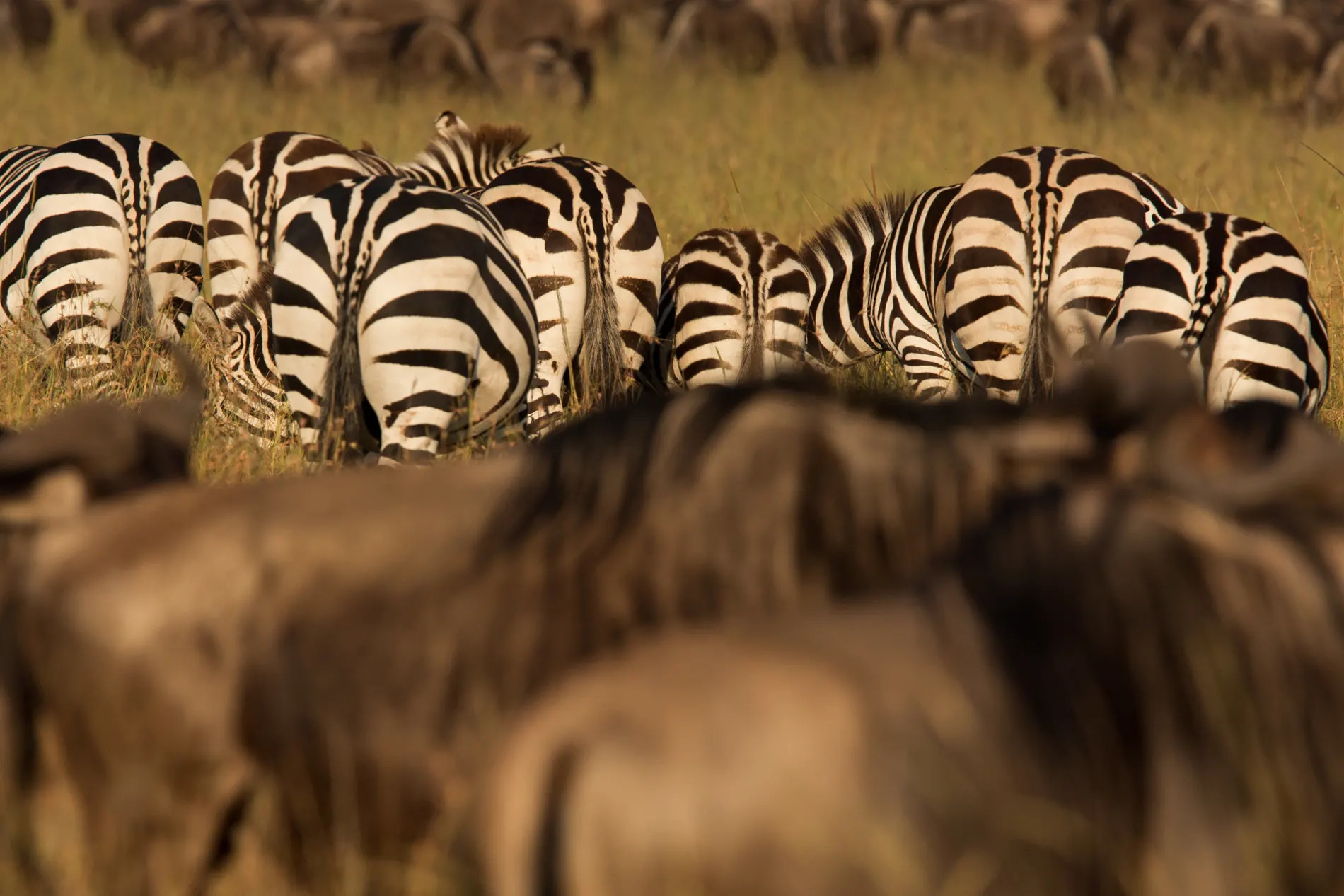
And, as you can see in this image, many zebra simply could not care less about such shenanigans. [f 6.3, 1/1250, ISO 400]
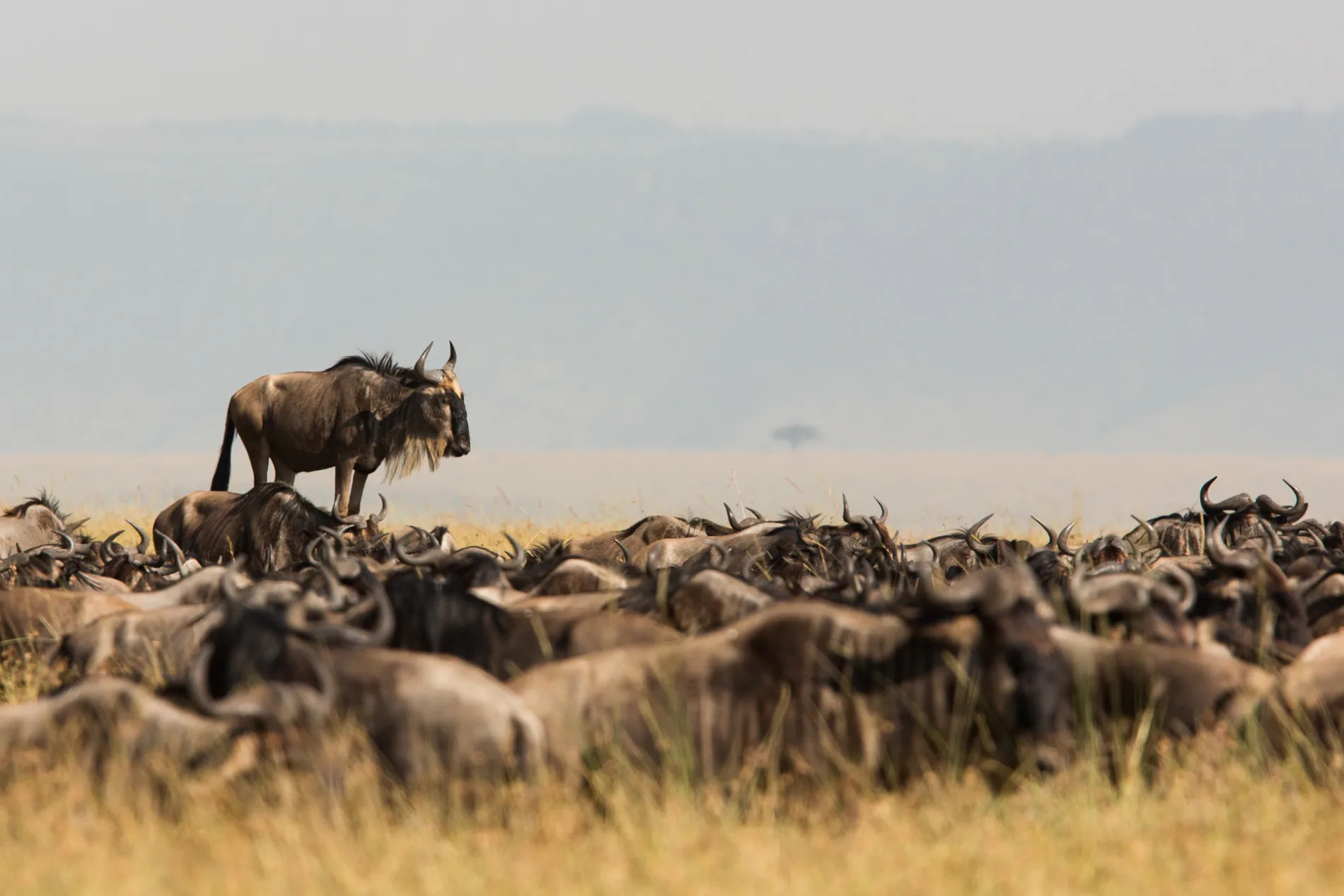
The trick I find works well with migration photography is to always be on the lookout for that little something that stands out. [f 7.1, 1/1000, ISO 400 +0.67]
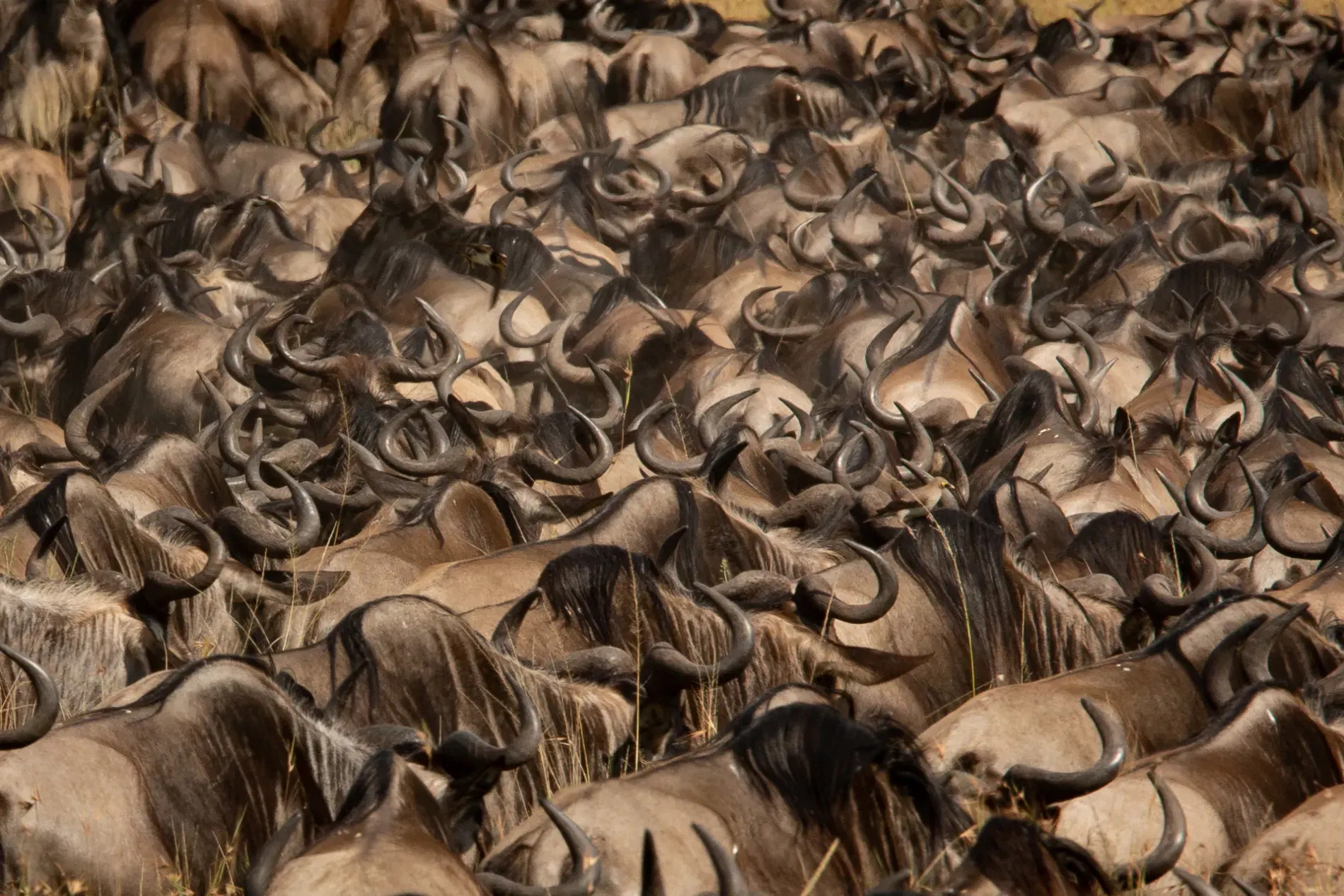
Alternatively, aim for an image that shows the sheer magnitude of the animals. [f 16.0, 1/250, ISO 320, -0.33]
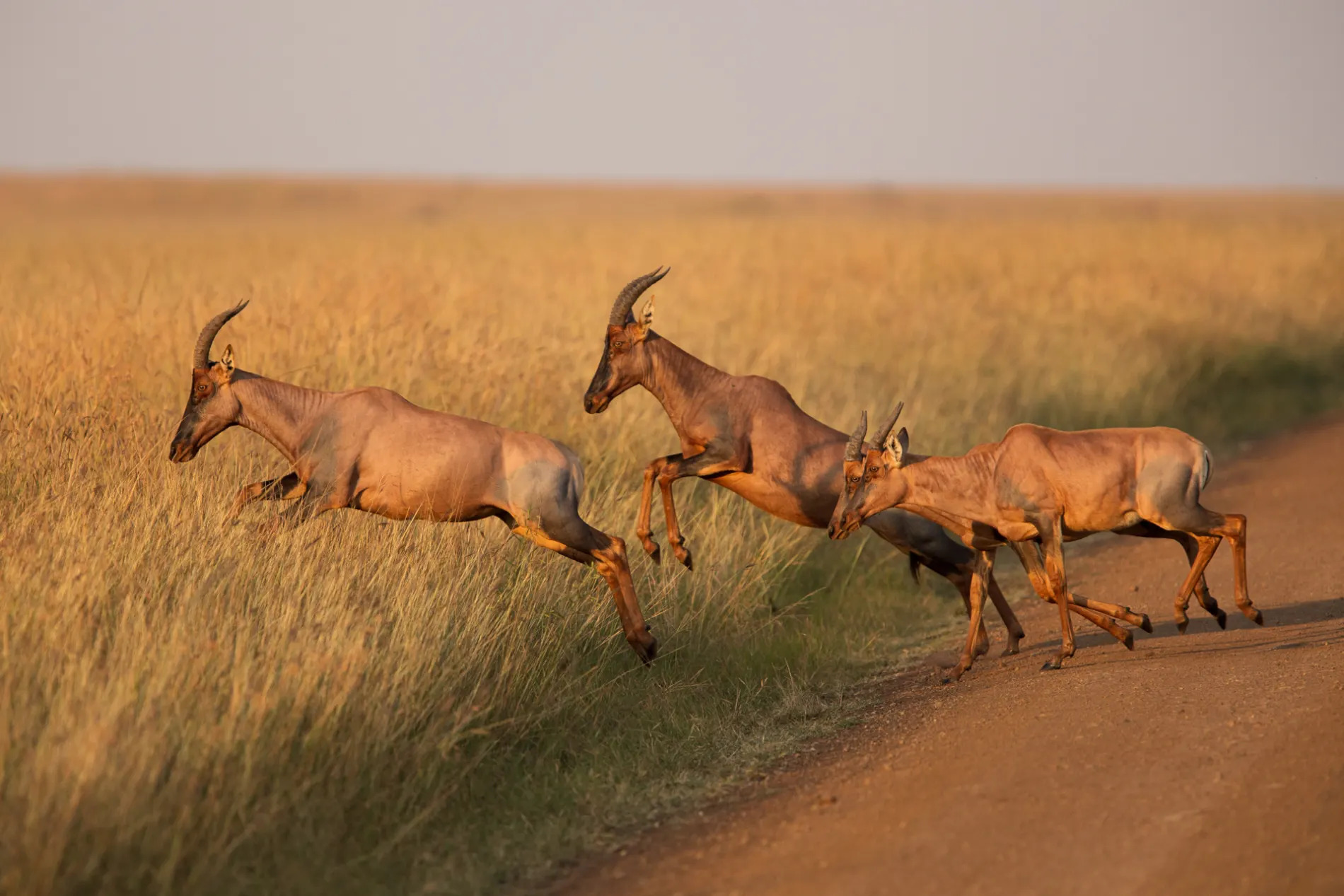
Apart from the wildebeest, zebra and vultures, there is still plenty out there to photograph. Herds of topi are also still streaming into the Mara. [f 4.0, 1/1250, ISO 400]
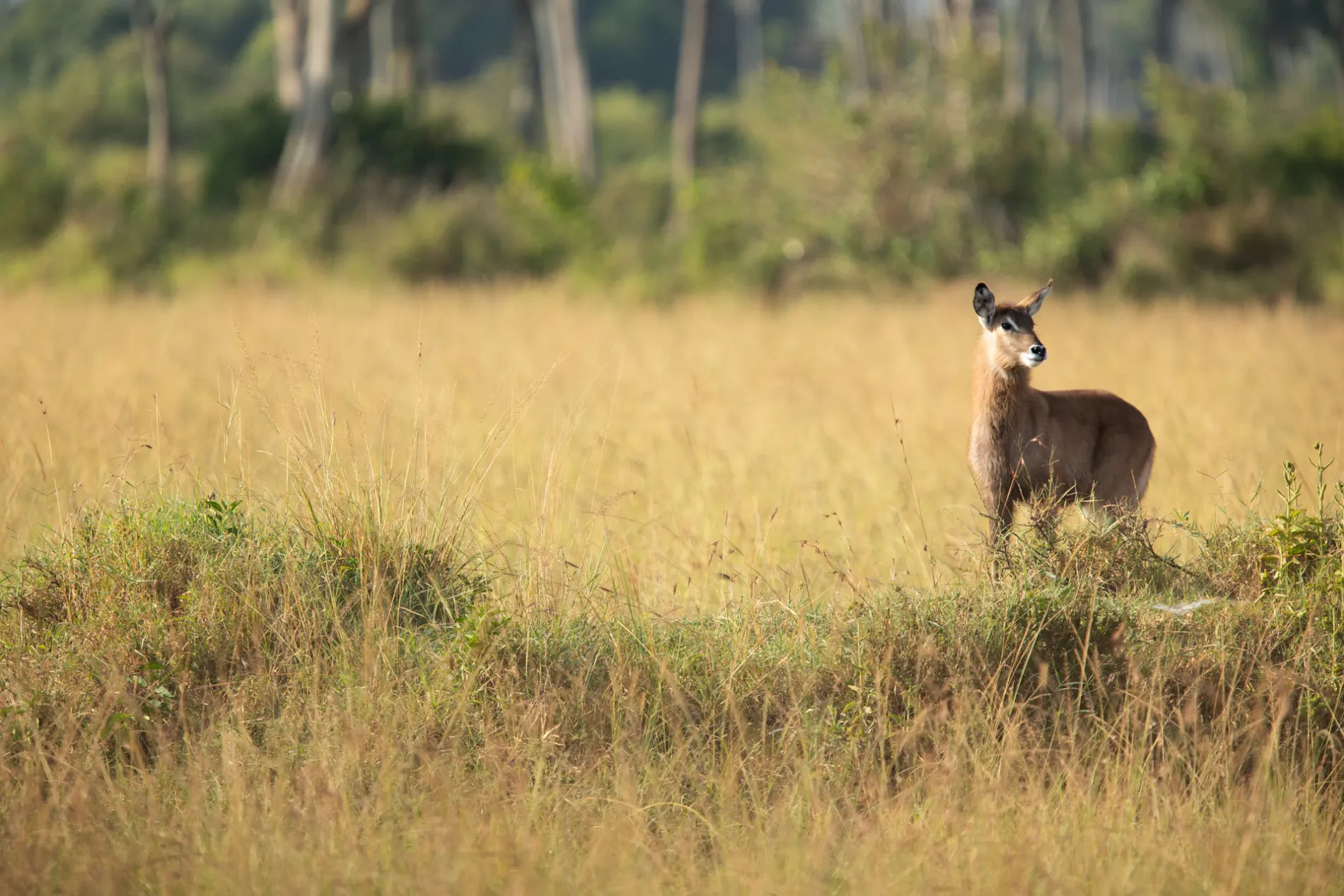
Normally I would urge you to position the subject of a photograph looking ‘into’ the open space of the frame. However, don’t be afraid to break that rule. On this occasion, I purposefully position the young waterbuck so that she is staring out of the frame to make the viewer feel alarmed and concerned. What is it that she is looking at? Could it be a predator? This kind of framing builds suspense. [f 4.0, 1/1000, ISO 320, +0.67]

And then be ready to set your camera up really quickly if you think a chase could ensue. [f 4.0, 1/1250, ISO 320, +0.67]
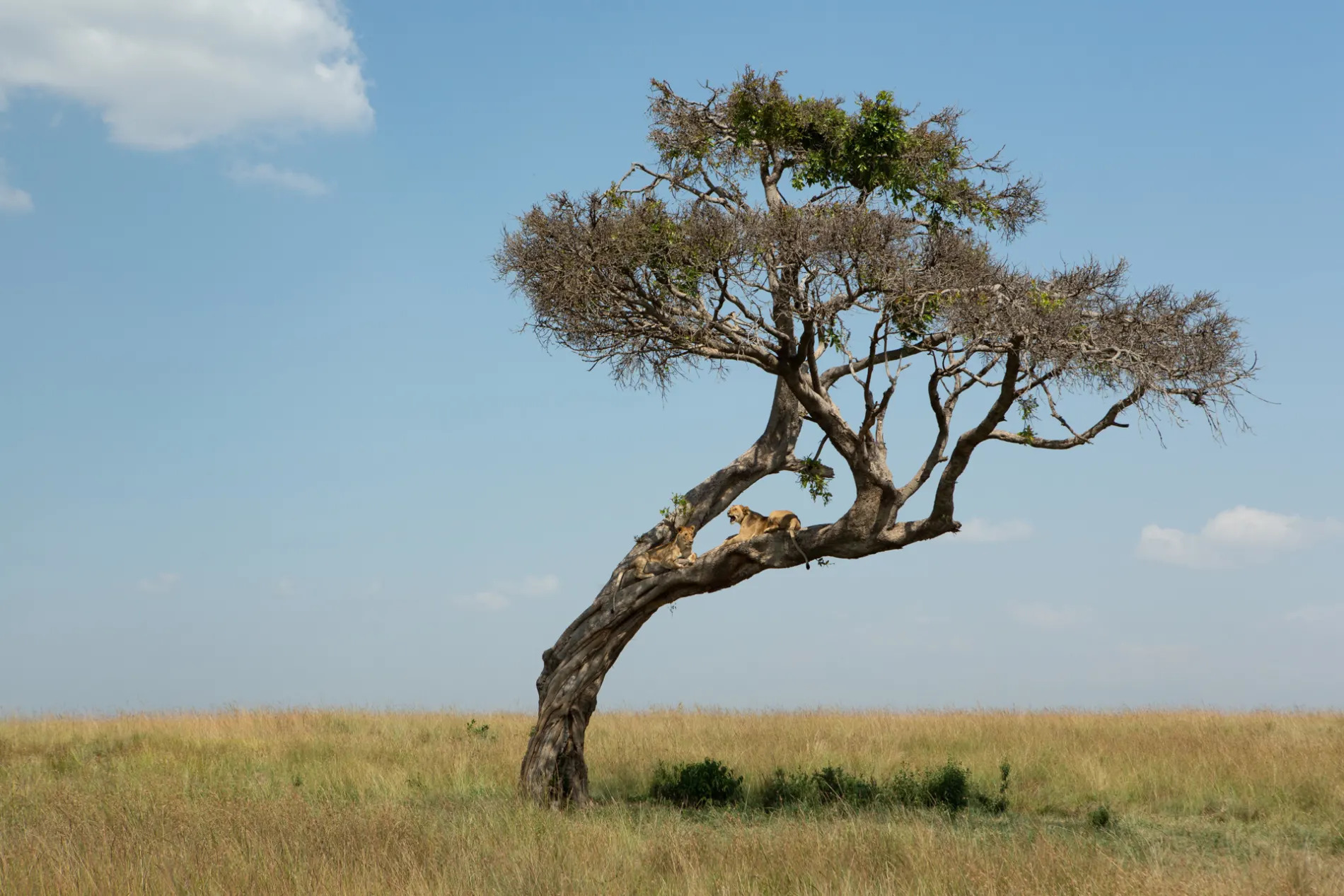
Two lionesses from the Salt Lick Pride take a “breather” up in the heart of a nearby tree. Tree-climbing lion are relatively common in the Mara at the moment. [f 8.0, 1/400, ISO 320, +0.67]
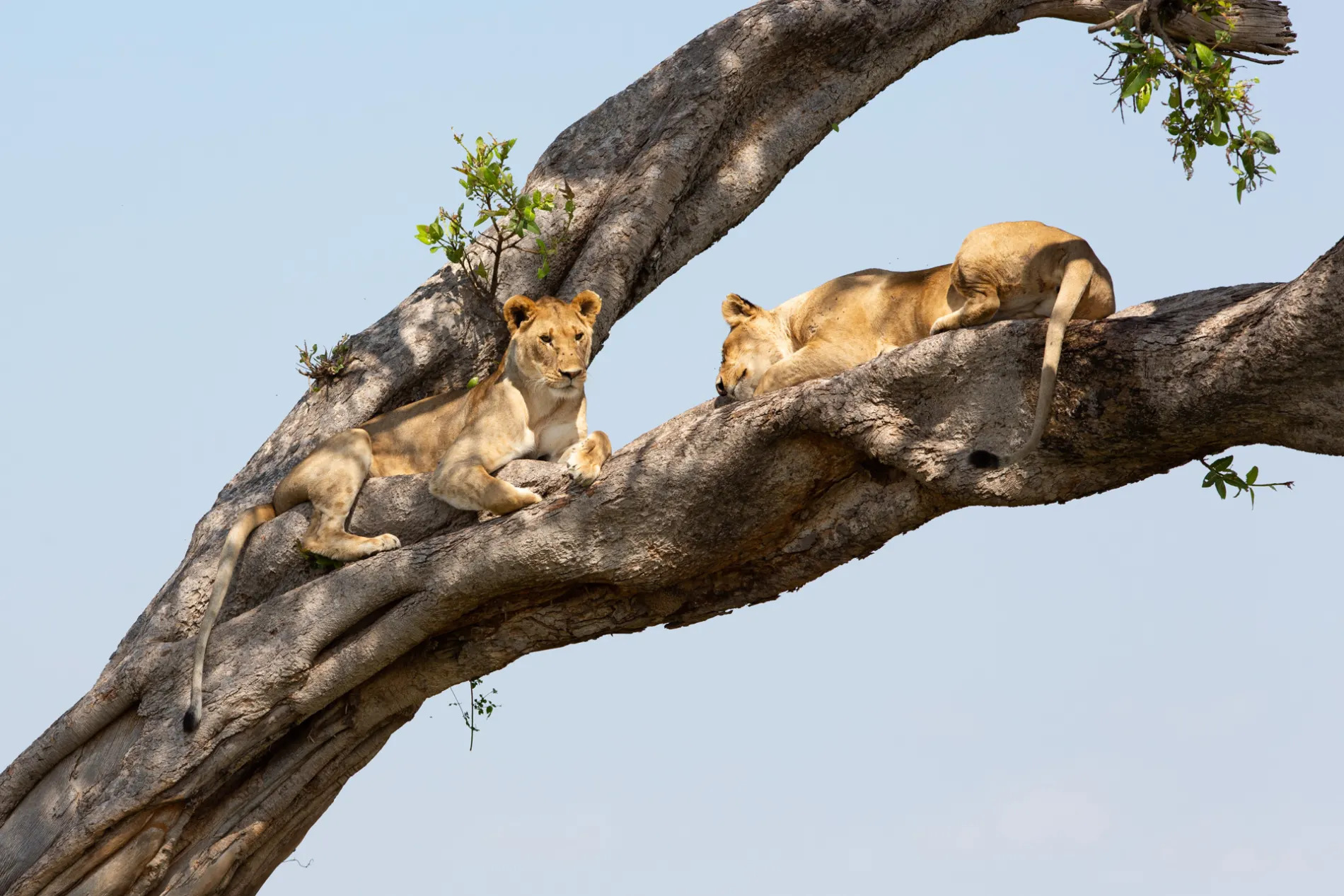
Once you have a few distant shots to set the scene, then try go in a little closer. [f 8.0, 1/640, ISO 320, +0.67]
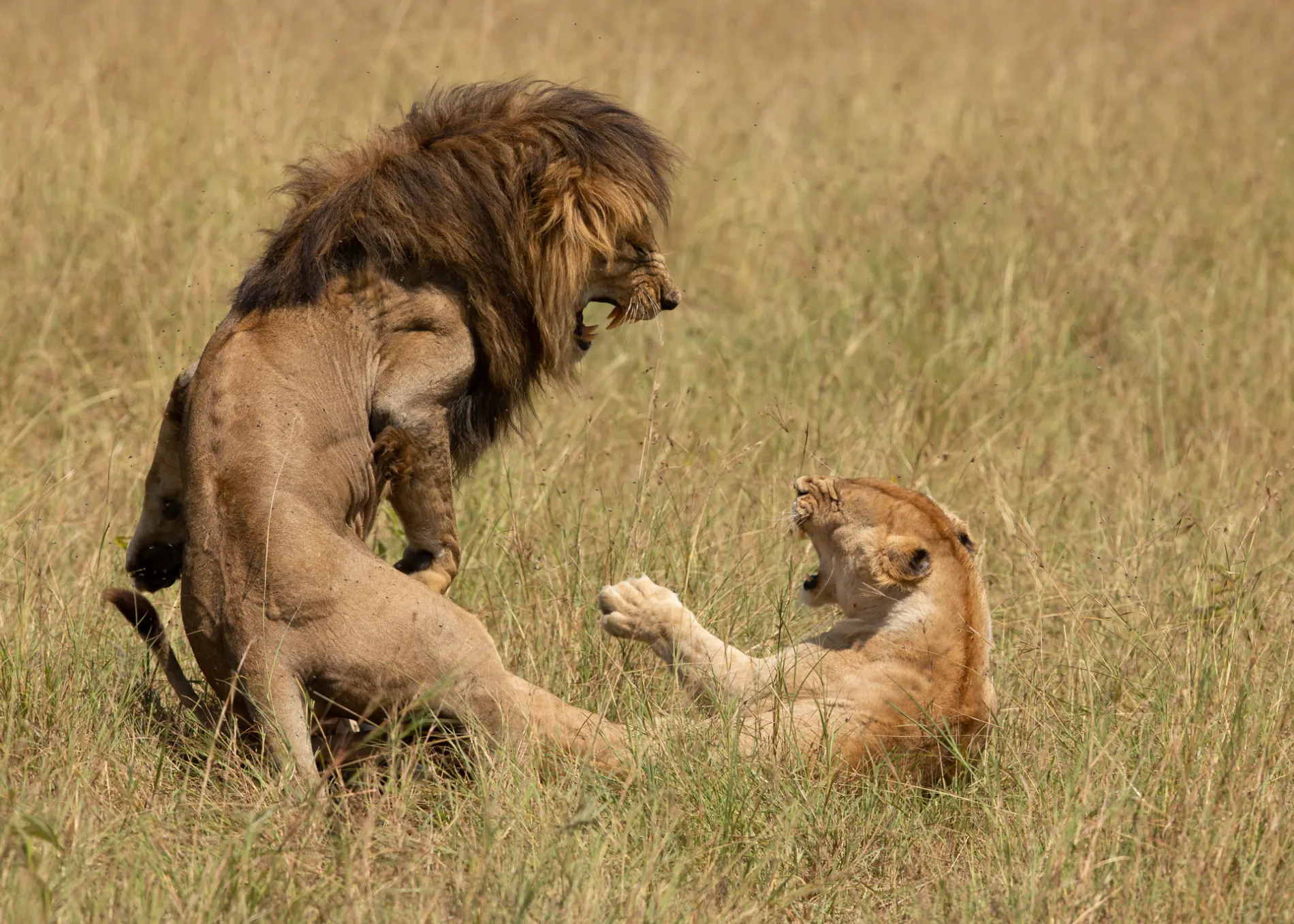
This week, down at the border, we had some rather explosive mating between an unidentified male, presumably from Tanzania, and a female we believe to be from the seldom-encountered Border Pride. [f 5.6, 1/1600, ISO 200, -0.33]
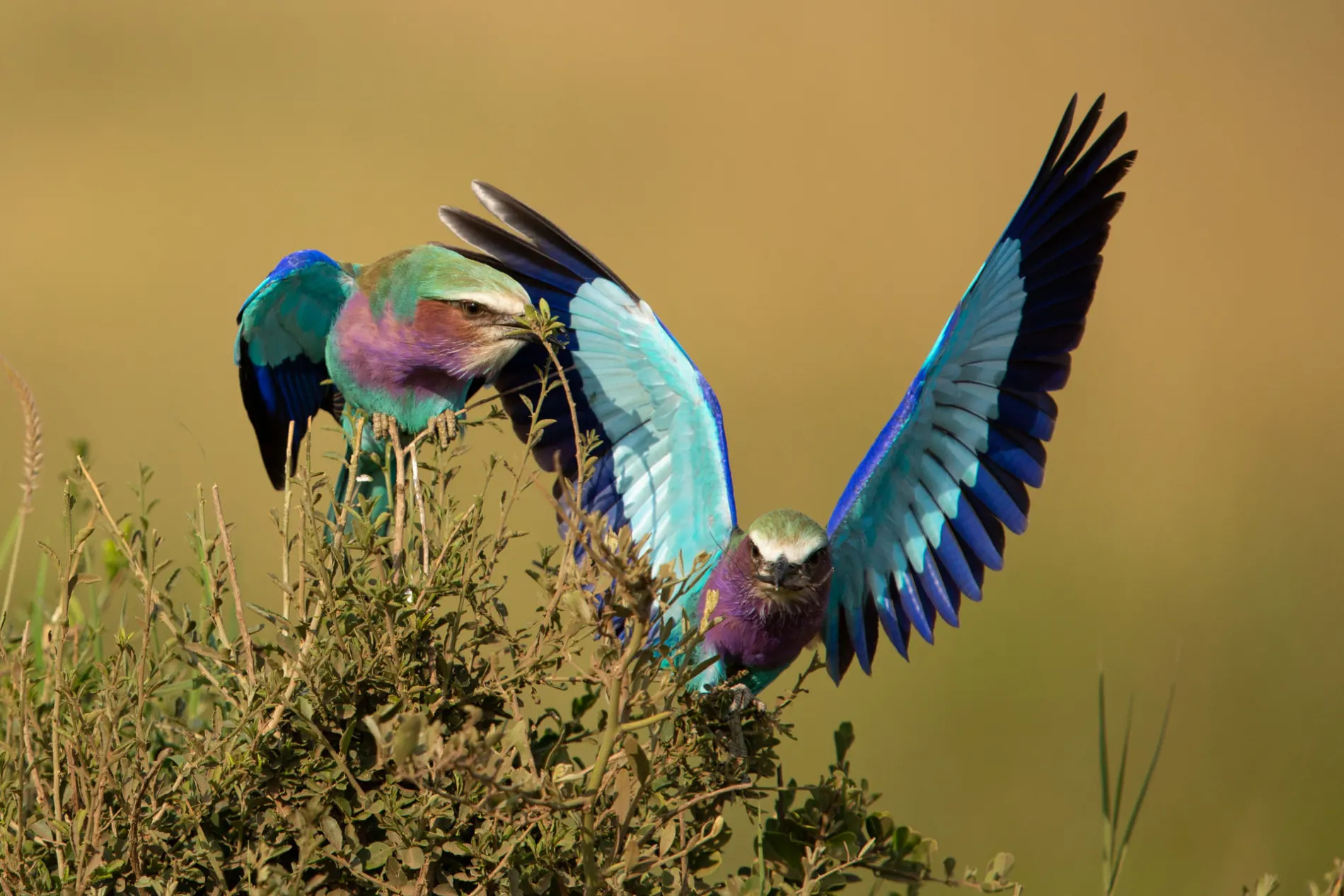
A pair of lilac-breasted rollers courting on a small bush. It looks as if the individual on the right has a species of water scorpion in its bill. [f 4.0, 1/3200, ISO 400, +0.33]

A pair of black-chested snake eagles appear to be getting cosy underneath Angama. You can see how the escarpment and the blue lighting makes for a wonderful backdrop. [f 8.0, 1/250, ISO 320, +0.67]

A close up of the head of a yellow-billed stork. [f 8.0, 1/500, ISO 320, +0.33]

A female ostrich spreads her wings away from her body. An attempt to cool off in the heat of the day. [f 4.0, 1/2000, ISO 320, +0.33]
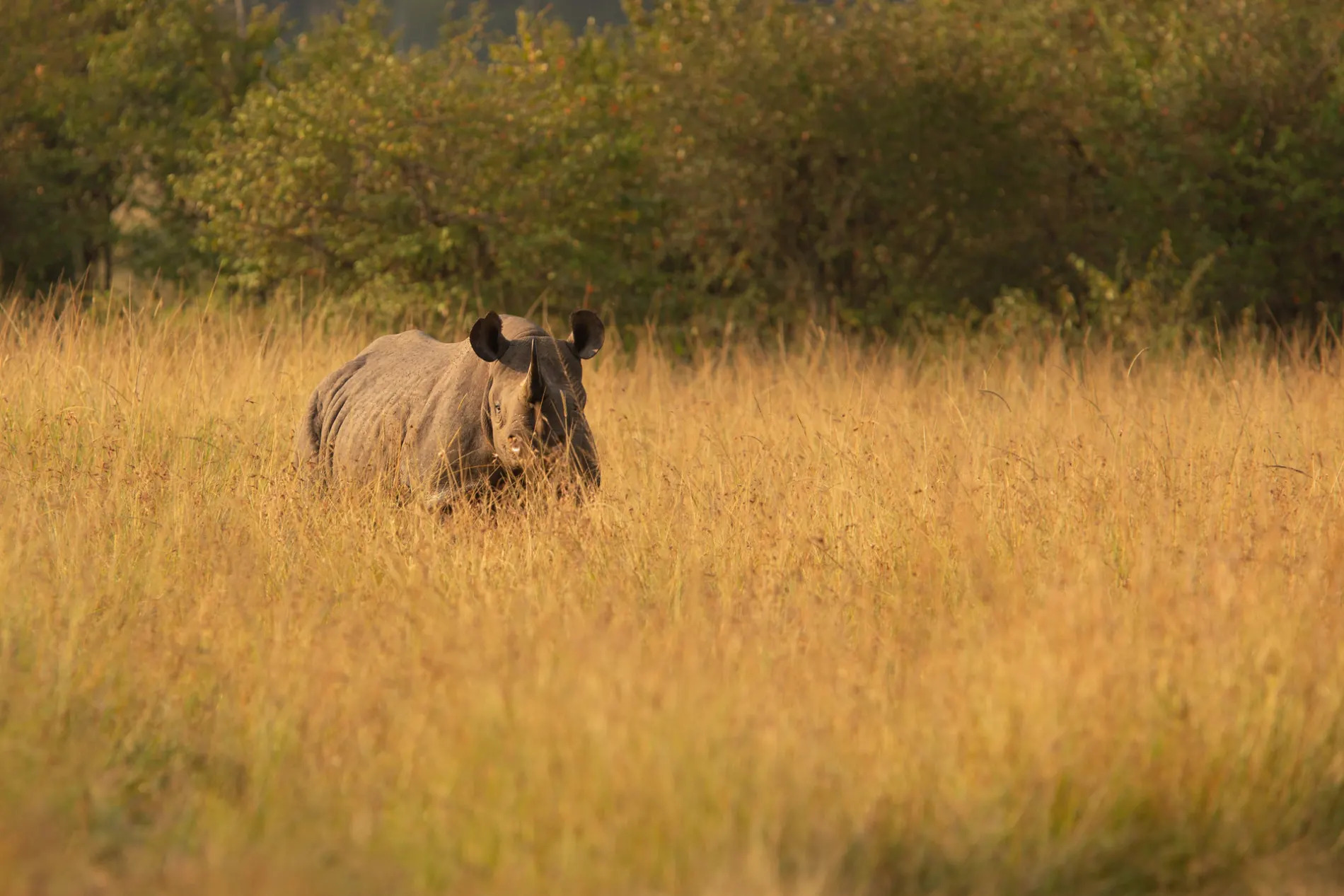
It is a conscious decision to not show black rhino often on this blog. The reason is that we don’t like to highlight too much about this critically endangered species. However, every so often I do like to include one or two photographs, mainly as a thank you to the park management for the amazing work their team does in protecting this magnificent species. [f 5.0, 1/500, ISO 250]
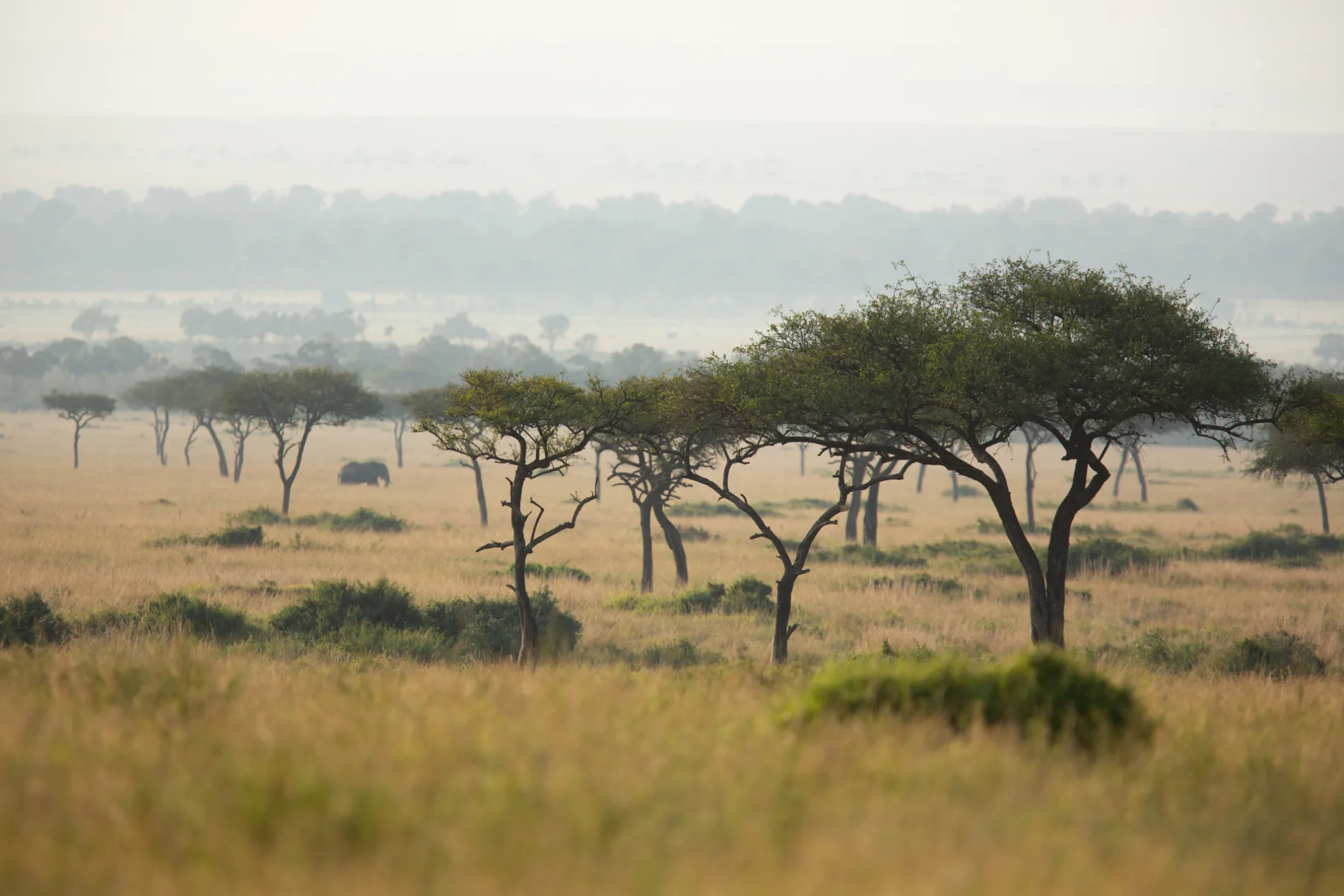
At first, it just looks like a typical Mara landscape scene, but look closer and you will see an elephant framed between the trees. [f 4.0, 1/1250, ISO 320, +0.33]
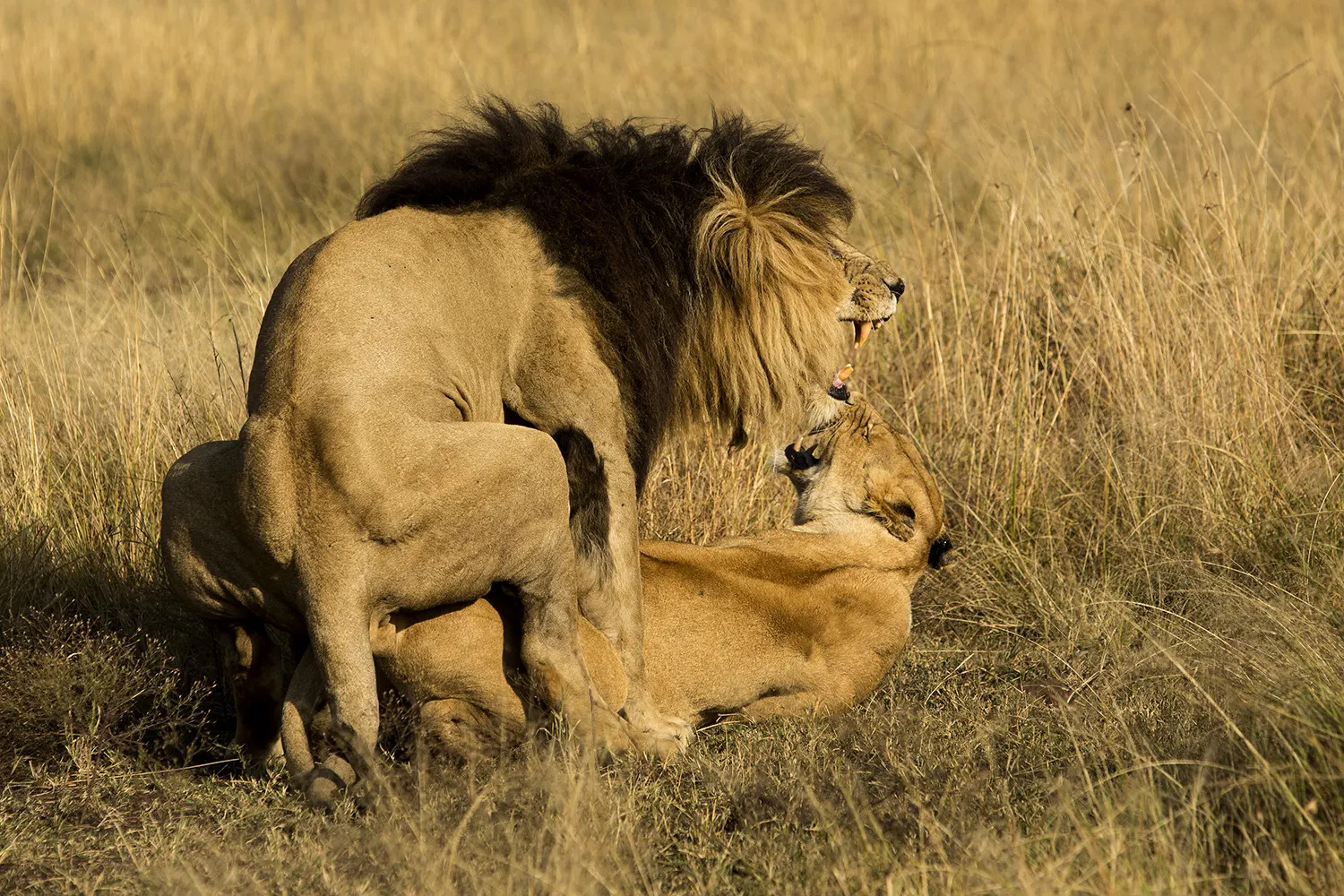
Scar: considered by many as the icon of the Maasai Mara. There is no questioning the fact that he is a magnificent lion. Thought to be on his last legs for the past few years, he has proved sceptics wrong – he is a warrior, a survivor and a true king. Sightings of Scar are few and far between, but when he is seen, there is tangible excitement in the air. Together with his coalition mates, he still has what it takes to be in control of vast tracts of land. The question is for how much longer can they keep the younger males away from their pride females? We watch and follow with interest. [f 6.3, 1/1000, ISO 250]
TAGGED WITH: Birds, Angama Mara, Great Migration, Wildebeest, Wildlife Photography, Photographic Safari, Bird Photography, the great migration, This Week At Angama, Lions of the Mara



COMMENTS (2)
VASANTHA JAYASOORIYA
August 3, 2019Thank you Adam for the wonderful portfolio of interesting wildlife images of Africa’s iconic creatures. I wonder whether you could elaborate a bit on your fairly regular use of exposure compensation of 1/3 to 2/3 stops on your images. Is it for overcoming bright backgrounds (OE) and for richer tones (UE) or do you have other reasons as well?
REPLYThanks and Regards,
VJ
Nicky Fitzgerald
August 3, 2019Hi VJ – thanks for following along on the photographic journey and I am glad you enjoy the pictures. Exposure compensation (+/-) is a rather tricky one to explain, but essentially I try to explain it as if you were sitting in front of the television watching a football match. The stadium roof creates areas of shade and areas of sun on the pitch. When the players run from a well lit area into a shady area the camera will try to compensate for the sudden reduction in light. The problem is this then ‘blows out’ the sunny lighter parts – makes it completely light and so you lose all details. With photography I try to reduce this massive loss of detail and information by reducing the exposure by -0.3 or sometimes -0.7. In reality I could, and probably should, do it even more so. The other huge benefit of underexposing is that it results in a faster shutter speed which is crucial for wildlife. Remember that later on in Lightroom you can work on the areas that are slightly too dark and lighten them up. Does this answer your question or help at all? Warm regards Adam
REPLY